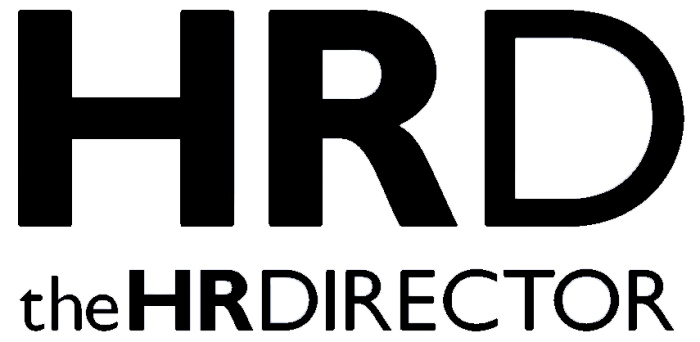As companies navigate an increasingly turbulent external environment, communications and HR leaders have identified ‘change fatigue’ as one of the top five barriers to success. A report*, which drew insights from more than 2,000 communication and HR leaders across 55 countries, found that 44% of HR leaders view change fatigue as a key battleground for success in 2025.
This is the first time that ‘change fatigue’ was featured on this list, and its immediate arrival in second place may be related to another key barrier – a lack of direction from top leaders (39%).
“Right now, companies across the globe are managing delicate external challenges, all of which require agile and flexible communication. Communications and HR leaders agree that change management is a critical skill in 2025. It’s vital that the C-Suite sets clear direction for communications teams to guide the company through challenging situations,” said William F. Ziebell, CEO of Gallagher’s Benefits & HR Consulting Division.
What are the priorities and barriers for communicators in 2025?
HR leaders are prioritizing initiatives that strengthen engagement within their organizations, with 67% focusing on connecting teams to purpose, strategy and values. Improving manager communications (53%) and boosting leadership visibility (47%) also rank high, reflecting the growing need for transparent top-down communication.
However, these ambitions are met with considerable challenges. Low capacity (49%), change fatigue (44%) and poor people manager communication (41%) were identified as the most challenging barriers to success.
Additionally, the report highlights a shift in corporate attitudes towards properly resourcing internal communications departments. In the past, HR leaders regularly cited a lack of budget and resources as a major challenge. That is not the case this year, with financial limitations dropping out of the top five barriers entirely. Notably, 12% of respondents said “building a case for more resources” was not a priority.
“Year after year, communications and HR professionals have struggled with securing more funds. While it’s reassuring to see that organizations are recognizing communications and HR leaders and the critical role they play, company leaders must ensure that both are equipped with agreed messages to address change fatigue and capacity issues,” said Ziebell.
The state of communicators’ wellbeing
This year’s Employee Communications Report continued to analyze the wellbeing of communicators. In 2024, wellbeing broadly leveled out, with only 33% of respondents reporting a decline in their overall wellbeing, down from 38% the previous year. For many, the key factors contributing to this drop included strained headcount, limited budgets and time constraints to complete tasks (39%). Challenges such as ongoing change and uncertainty (26%) and poor management or leadership (23%) were other contributors to a growing sense of frustration and burnout.
On the flip side, the report also found that better working conditions (23%), getting a new job or working situation (21%) and benefitting from a good manager (19%) could elevate the mood and wellbeing of HR leaders.
“Communications and HR leaders are a resilient group because they need to be,” said Ziebell. “In times of rapid organizational change, it’s the internal communications and HR departments that bear the brunt of a workforce’s concerns and anxieties. Gallagher’s aim for the Employee Communications Report is to provide foundational insights so Communications and HR professionals can continue to improve the employee experience while still looking after themselves.”









